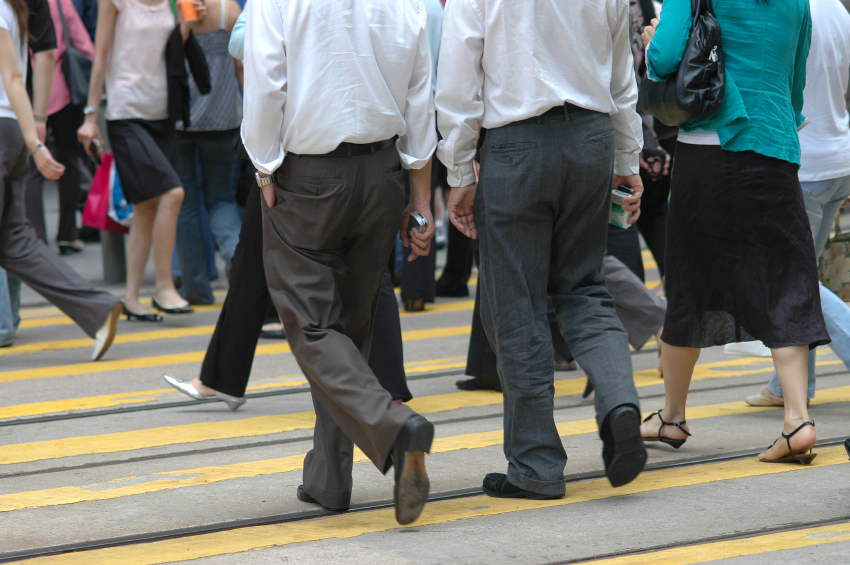
Staying at the top of our game takes time and effort. We invest in activities to stay physically well, and stretch our mind so as to keep focused, up to date and relevant.
What is easily overlooked is how well we manage our mood. Mood matters because maybe you’ve noticed what happens to your thinking when you’re in one of the two extremes, either really, really excited and happy or wallowing in a small puddle of gloom and doom and disappointment.
Mood management takes more than just a bit of mood lighting, though that does help. Seasonal Affective Disorder (SAD) is more common in those countries where exposure to clear sunny skies is limited. In that instance our mood takes on the same hue as the sky – a bit grey and flat. Which is why we often feel so much better in ourselves when we get out and about on those days when the sun is shining.
But back to our feet.
When we feel good, our physiology changes, we stand up tall, walk head erect and there’s a spring in our step. Contrast that to when it’s been one of those days, you’re tired and fed up and desperate to get home to chill out with a half bottle of wine in front of some brain dead TV. What do you notice then? Maybe you’re a little more slouchy, your walk is more of a shuffle than a stride, and you study the cracks in the pavement rather than the faces around you.
Our mood affects our physiology and alters our behaviour. This then sets up a negative feedback loop. As we slop around being grouchy and miserable we perpetuate that bad mood and that restricts our thinking: our ability to learn and remember, problem solve, make good decisions and even our ability to get on and do something.
Maybe you’ve already guessed the solution to the problem?
Yep, our mood alters our physiology and the reverse is true as well – we can use our physiology to alter our mood, doing little more than changing how we walk.
A study from Germany used biofeedback to manipulate the walking pattern of a group of people so they walked either in a happier or more depressed way, while being asked to remember a series of either negative or positive focused words.
What they found was that walking in a happy way made people feel happier and they remembered more positive words, while those who walked in depressed way remembered more negative words and felt worse.
Learning to overcome that negative bias that can develop when we feel down, might be as simple as making a conscious choice to walk in a happier way.
So chin up, walk happy and don’t forget, adding a smile adds to the effect, so you can quickly restore yourself to be in a happier place.
High performance thinking includes happy feet.
What have you noticed about how you think and operate when feeling down?
What methods have you found effective to restore your mood to be more positive?
I’d love to hear your thoughts.
Ref:
Johannes Michalak, Katharina Rohde, Nikolaus F. Troje. How we walk affects what we remember: Gait modifications through biofeedback change negative affective memory bias. Journal of Behavior Therapy and Experimental Psychiatry, 2015; 46: 121 DOI:10.1016/j.jbtep.2014.09.004

